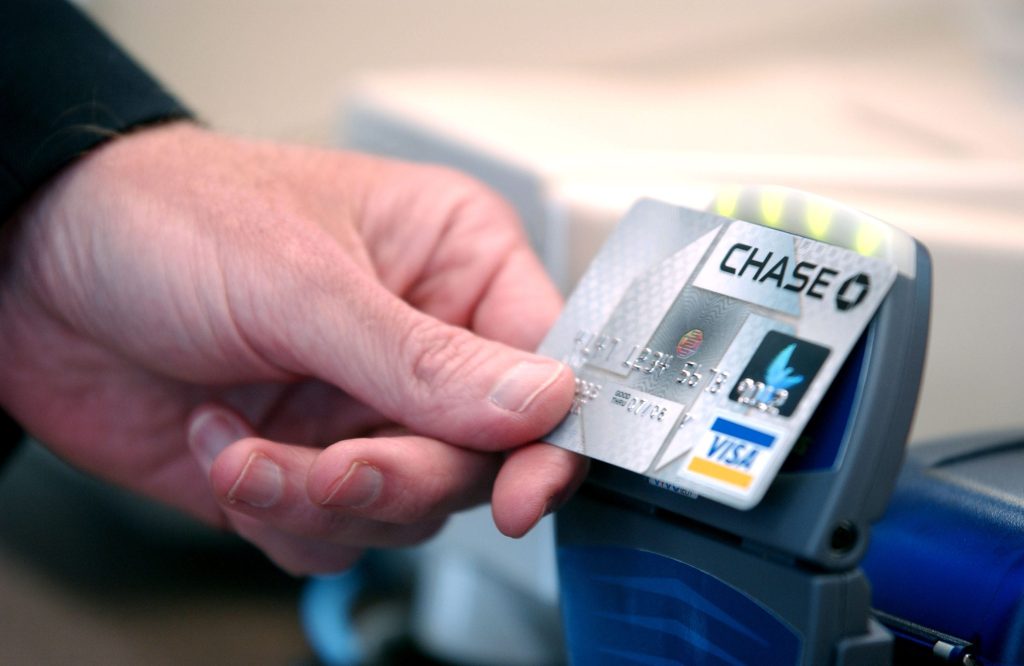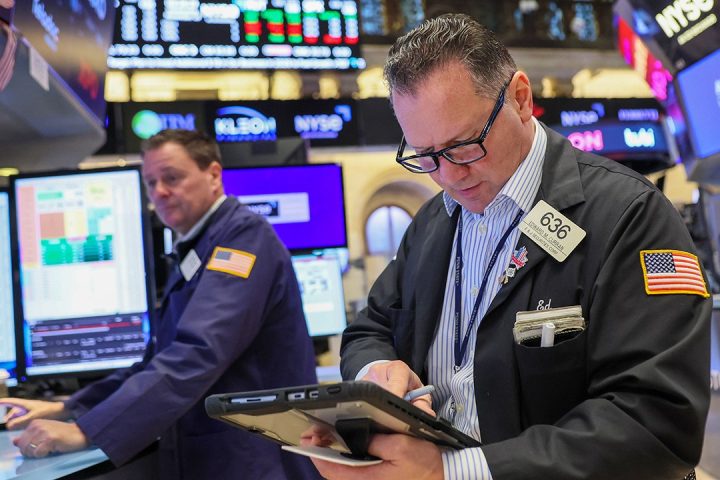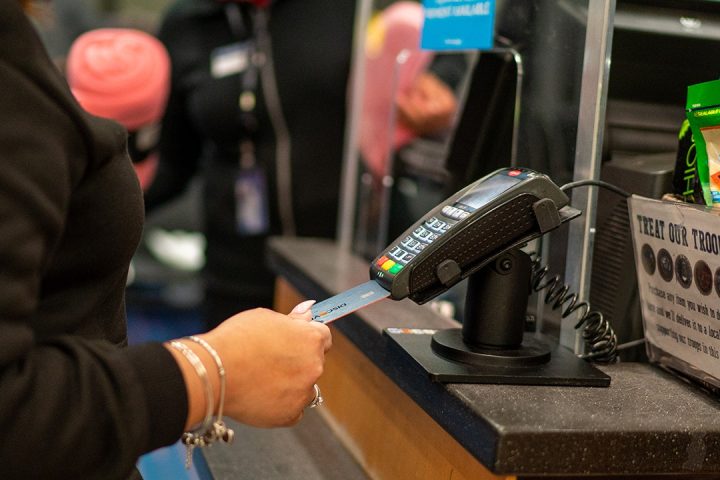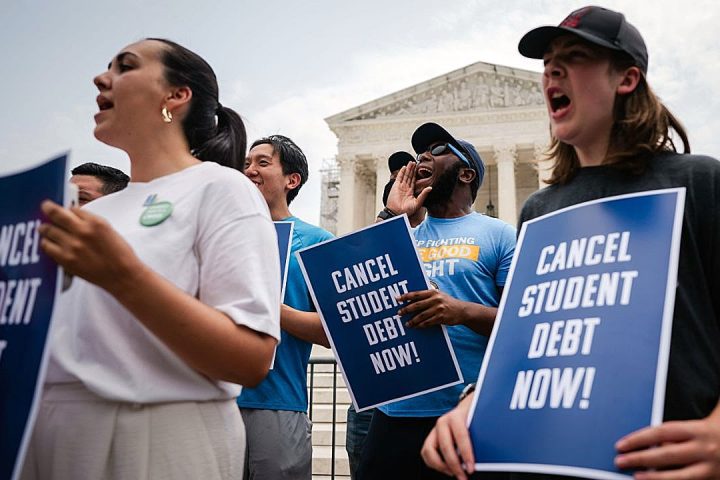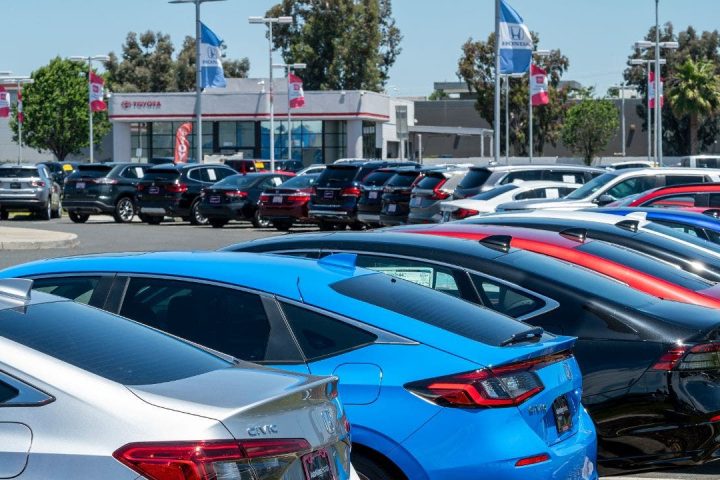Amid high inflation and rising interest rates, most Americans believe the economy is in bad shape, according to a poll from Quinnipiac University.
In fact, 71% of Americans described the economy as either not so good or poor and 51% said it’s getting worse, the survey said. However, 60% of Americans said their financial situation was either excellent (10%) or good (50%).
But whether they have healthy wallets, the conditions of the economy take priority for Americans when determining whom to vote for in the next presidential election.
When registered voters were given a list of eight issues and asked to rank the most important ones in deciding who to elect president, 32% cited the economy. That was followed by preserving democracy (28%).
“If democracy is the complex engine that guides the country’s future, it’s clear a vast majority of Americans now fear a catastrophic breakdown is possible,” Quinnipiac University Polling Analyst Tim Malloy said in a statement.
But despite the state of the nation, inflation remains a global concern. On a world scale, 37% of respondents cited inflation as their main concern in August, according to the latest data from the What Worries the World Survey by Ipsos.
If high prices are putting a dent in your budget, you could consider paying off high-interest debt with a personal loan at a lower interest rate to help you reduce your monthly payments. Visit Credible to compare your options, without affecting your credit score.
THESE TWO FACTORS COULD BE DRIVING YOUR CAR INSURANCE COSTS UP
Inflation rises above 3%
Inflation increased to 3.2% in July, according to the latest consumer price index (CPI) data released by the Bureau of Labor Statistics (BLS). The year-over-year spike was primarily driven by the costs of housing which increased 7.7%. At the same time, the food away from home index rose to 7.1% and the index for food overall climbed to 4.9%.
And with inflation still sitting above the Federal Reserve’s target range, the central bank could deliver another interest rate hike in its September meeting, according to experts.
“The longer inflation remains elevated, the more entrenched it becomes,” Morning Consult Chief Economist John Leer said in a statement. “The question we should all be asking is how long the Fed is willing to accept core inflation above 4%. My sense is that their tolerance is pretty low, meaning that we shouldn’t expect rate cuts this year.”
In addition, Fed officials have expressed that they are not softening their tightening on monetary policy until it’s clear they are within reach of meeting their goals.
“Additional rate increases will likely be needed to get inflation on a path down to the FOMC’s 2% target,” Fed Governor Michelle W. Bowman said during an event with the Kansas Bankers Association in Colorado.
The Fed has raised interest rates 11 times since 2022 in an effort to bring down inflation to its target range. The Fed’s interest rate hikes could impact what Americans pay on interest-bearing products such as credit cards.
If high-interest credit card debt is impacting your budget, you could consider paying it down with a personal loan at a lower interest rate. Visit Credible to get your personalized rate in minutes.
MORE STUDENTS TURNING TO FEDERAL AND PRIVATE STUDENT LOANS TO FINANCE COLLEGE: SURVEY
Americans have amassed record-high debt
As many Americans’ views on the economy remain dim, some are dealing with severely high debt. In the second quarter of 2023, total household debt reached $17.06 trillion, a $16 billion increase from the last quarter, according to a report by the Federal Reserve Bank of New York. And credit card balances rose to a record $1.03 trillion. In fact, Americans depend on credit cards more than ever before.
“Credit card balances saw brisk growth in the second quarter,” Joelle Scally, the regional economic principal in the Household and Public Policy Research Division at the New York Fed, said in a statement. “And while delinquency rates have edged up, they appear to have normalized to pre-pandemic levels.”
The $45 billion increase in credit card debt for the second quarter represented the largest increase of all debt types, according to a blog post by the NY Fed. However, a growing population of cardholders had trouble making their credit card payments. In the second quarter of 2023, 5.08% fell into serious delinquency – marked by 90 days or more of being delinquent – as opposed to 3.35% in the second quarter of 2022, the NY Fed said.
“Credit cards are the most prevalent form of household debt and continue to become even more widespread,” the NY Fed said in its blog post. “Consider that there are 70 million more credit card accounts open now than there were in 2019, before the pandemic.”
If you’re struggling with high-interest credit card debt, you could consider paying it down with a personal loan at a lower interest rate to help you reduce your monthly payments. Visit Credible to speak with an expert and get your questions answered.
SOME AMERICANS DROWNING IN CREDIT CARD DEBT FOLLOWING THE COVID-19 PANDEMIC: SURVEY
Have a finance-related question, but don’t know who to ask? Email The Credible Money Expert at [email protected] and your question might be answered by Credible in our Money Expert column.
Read the full article here


